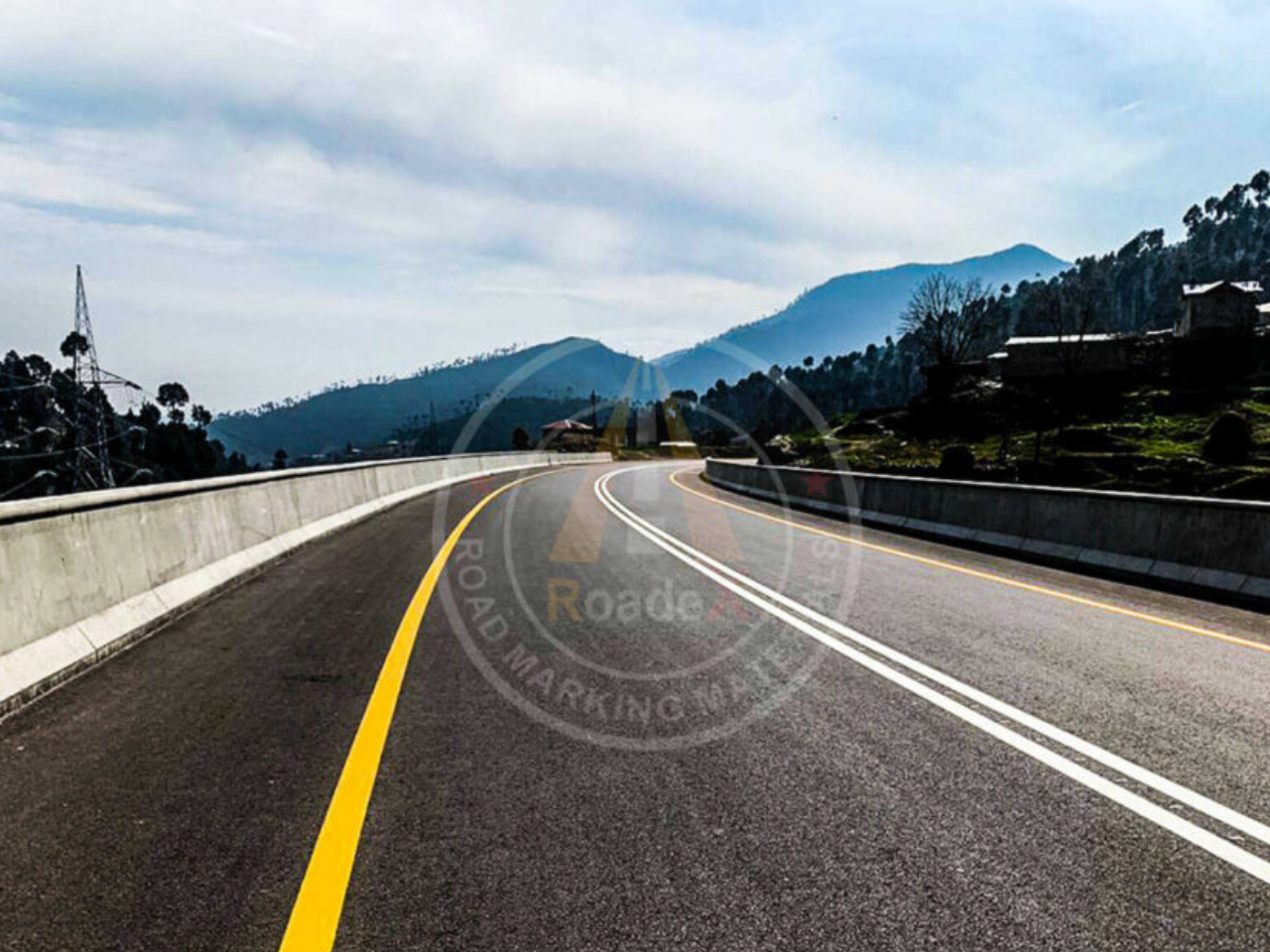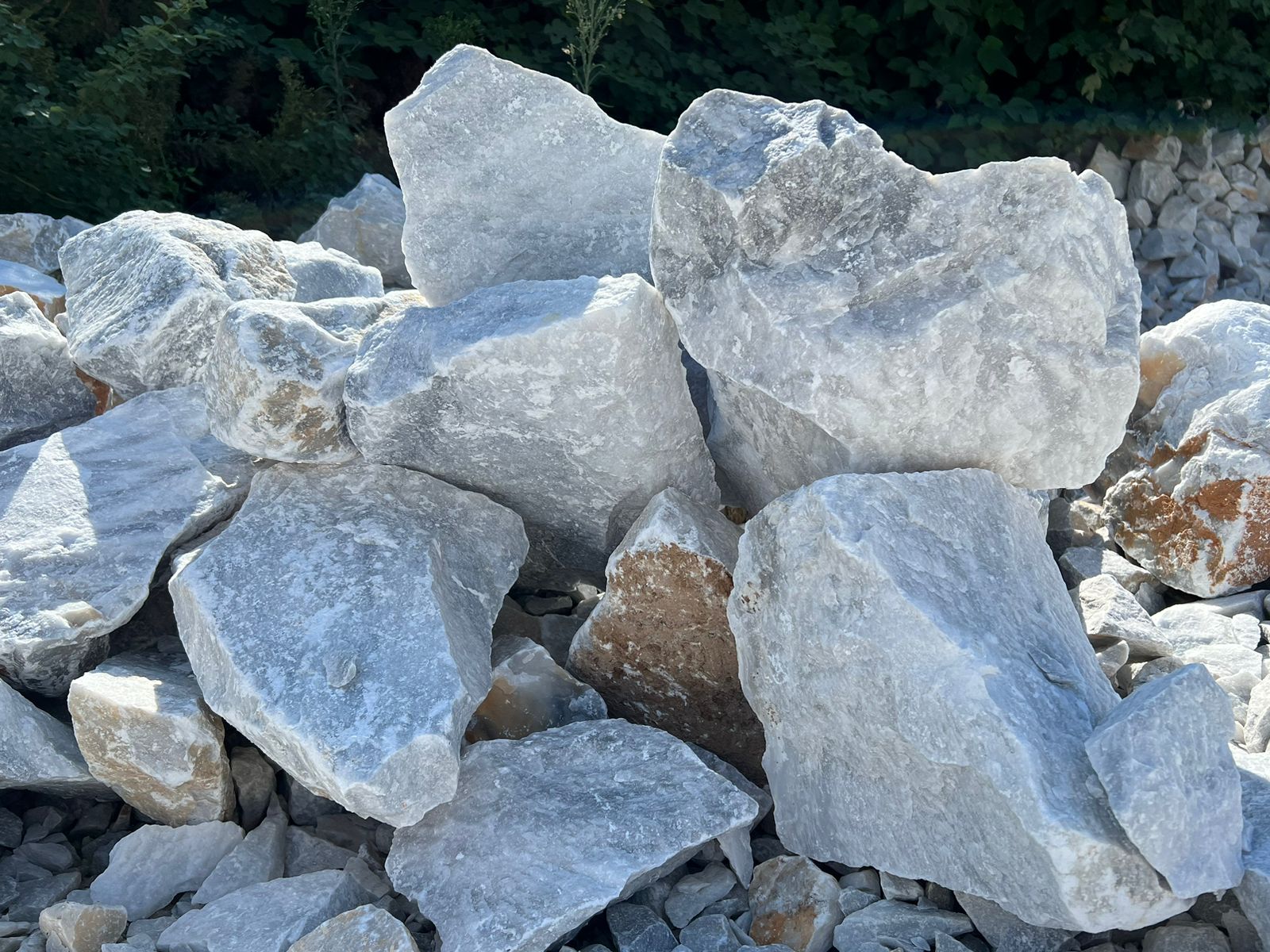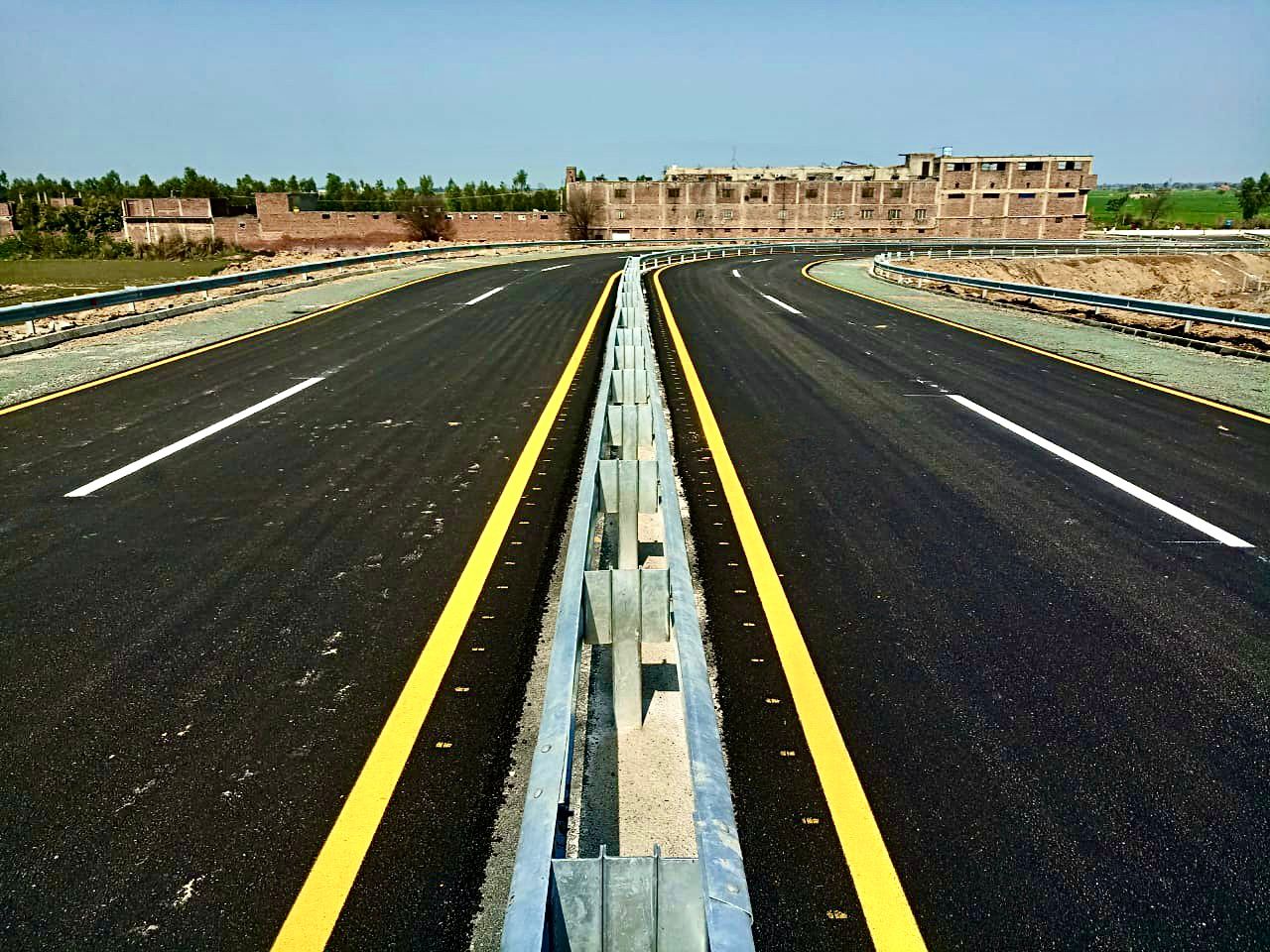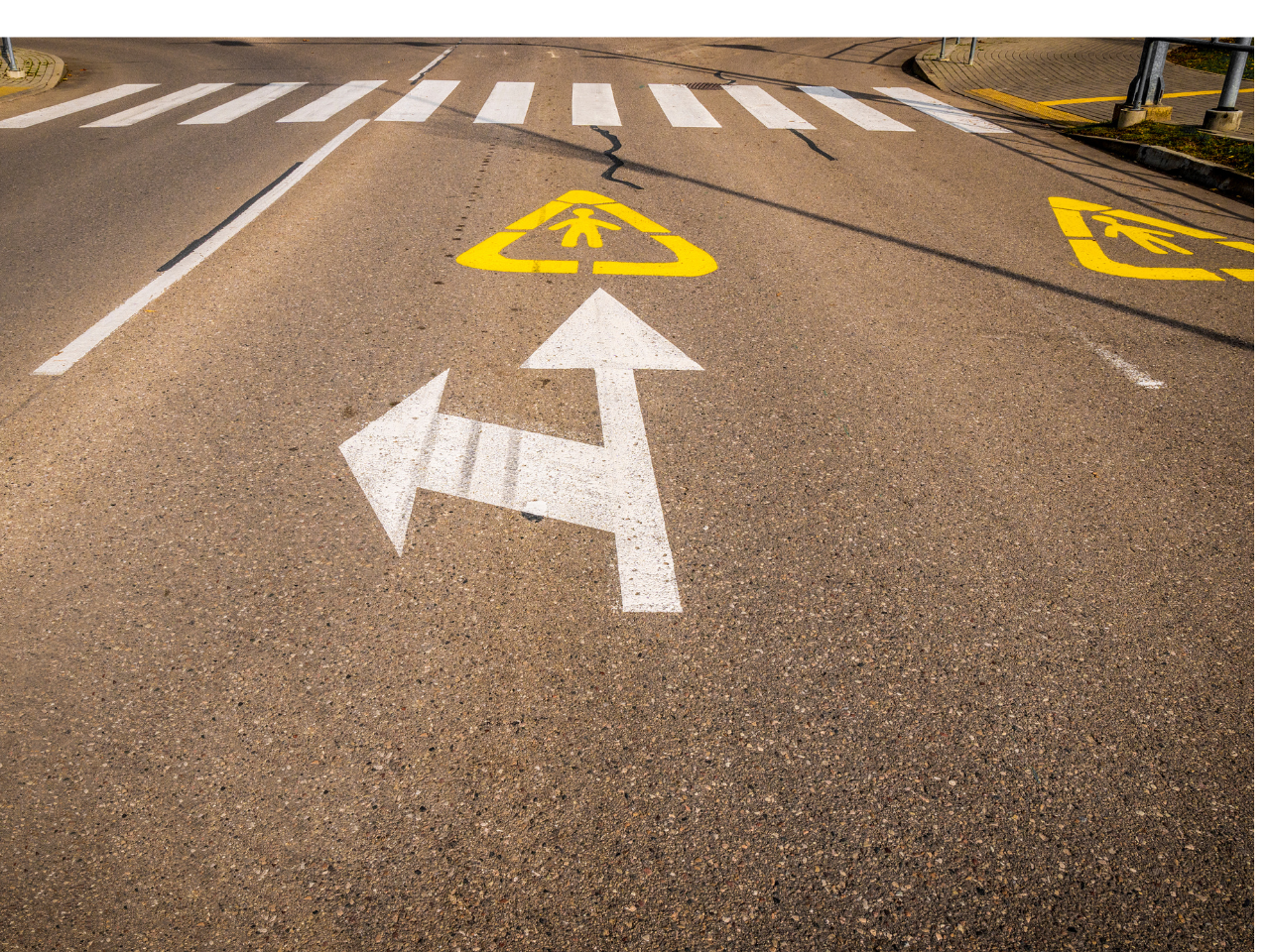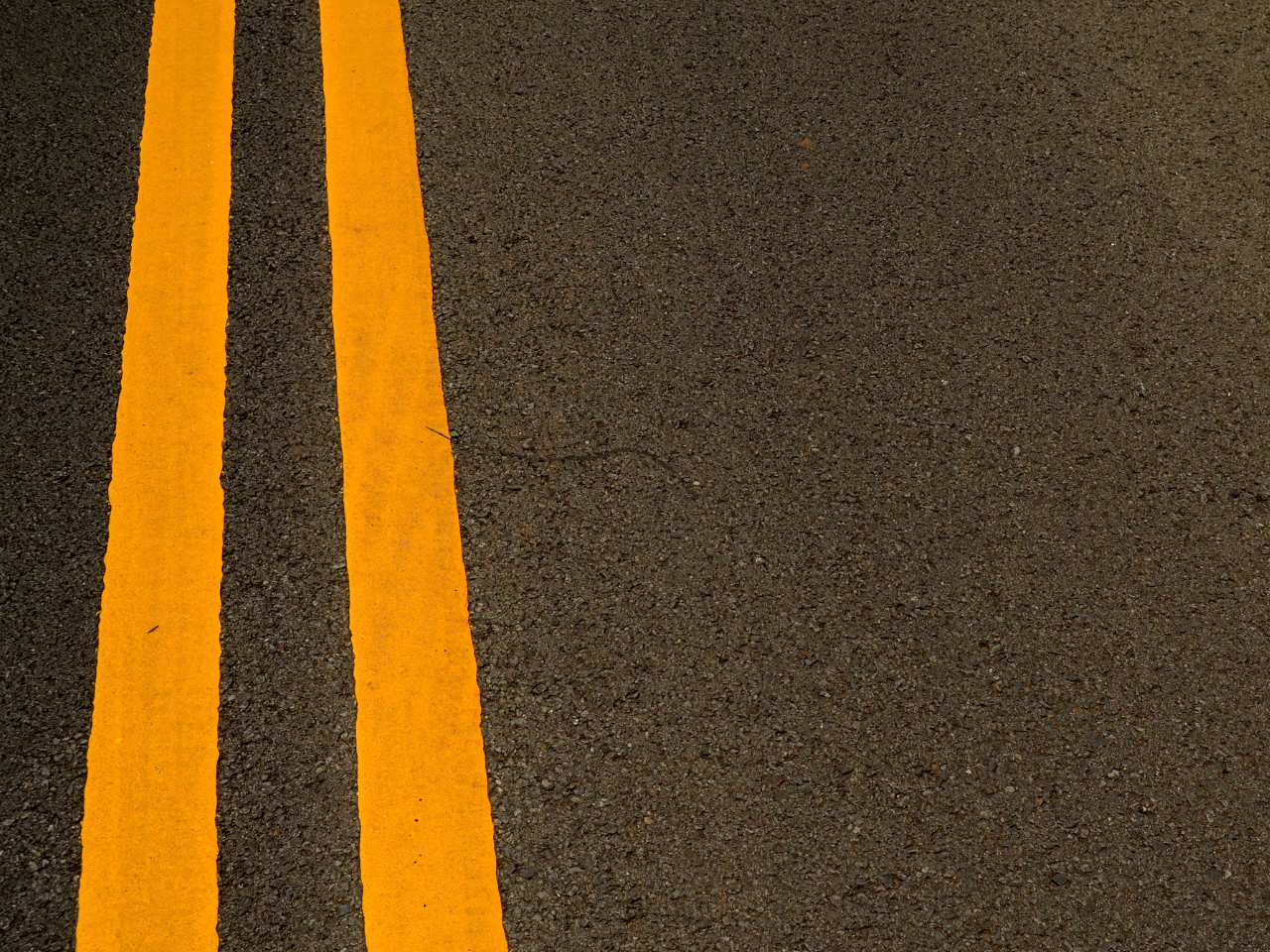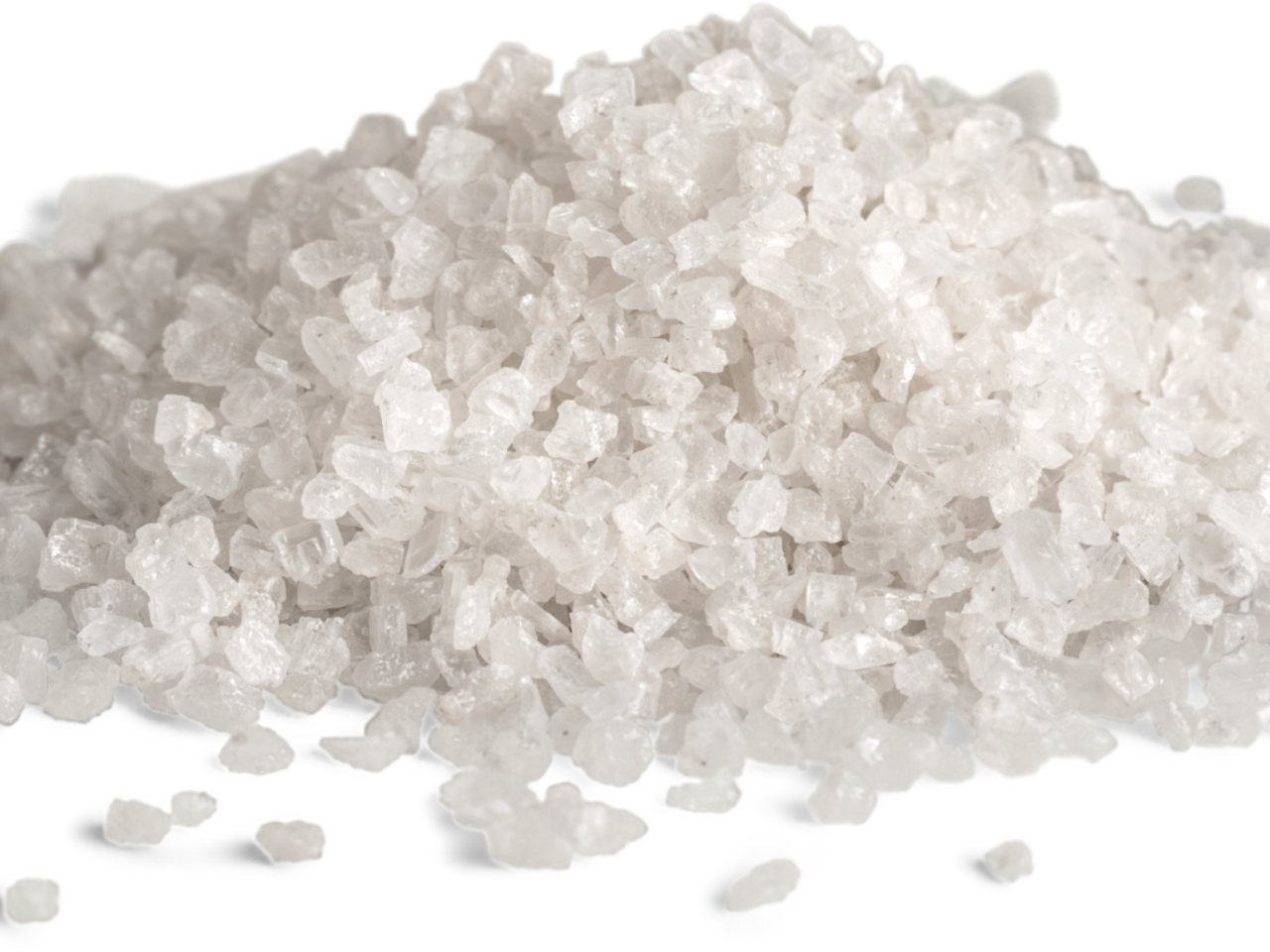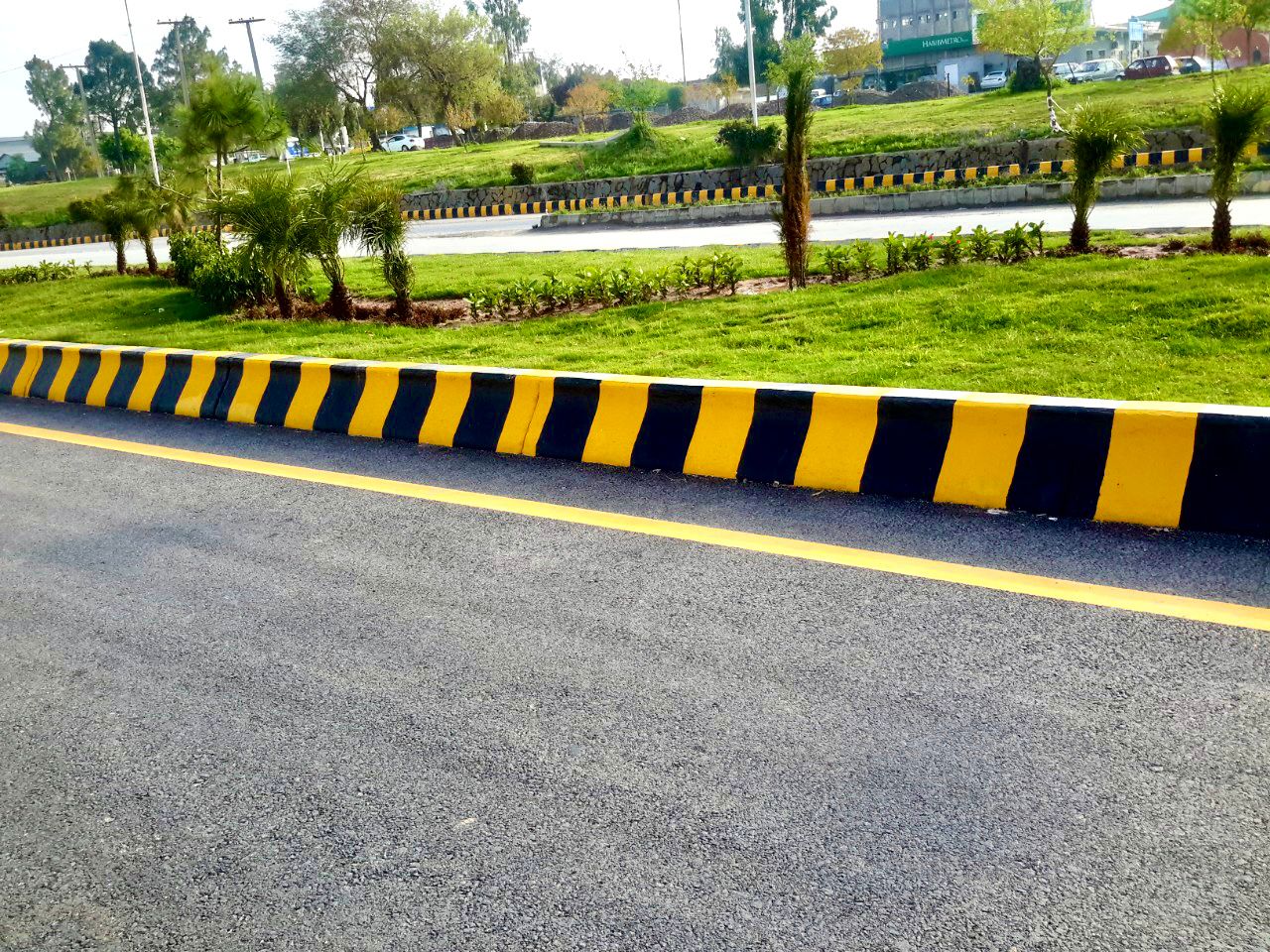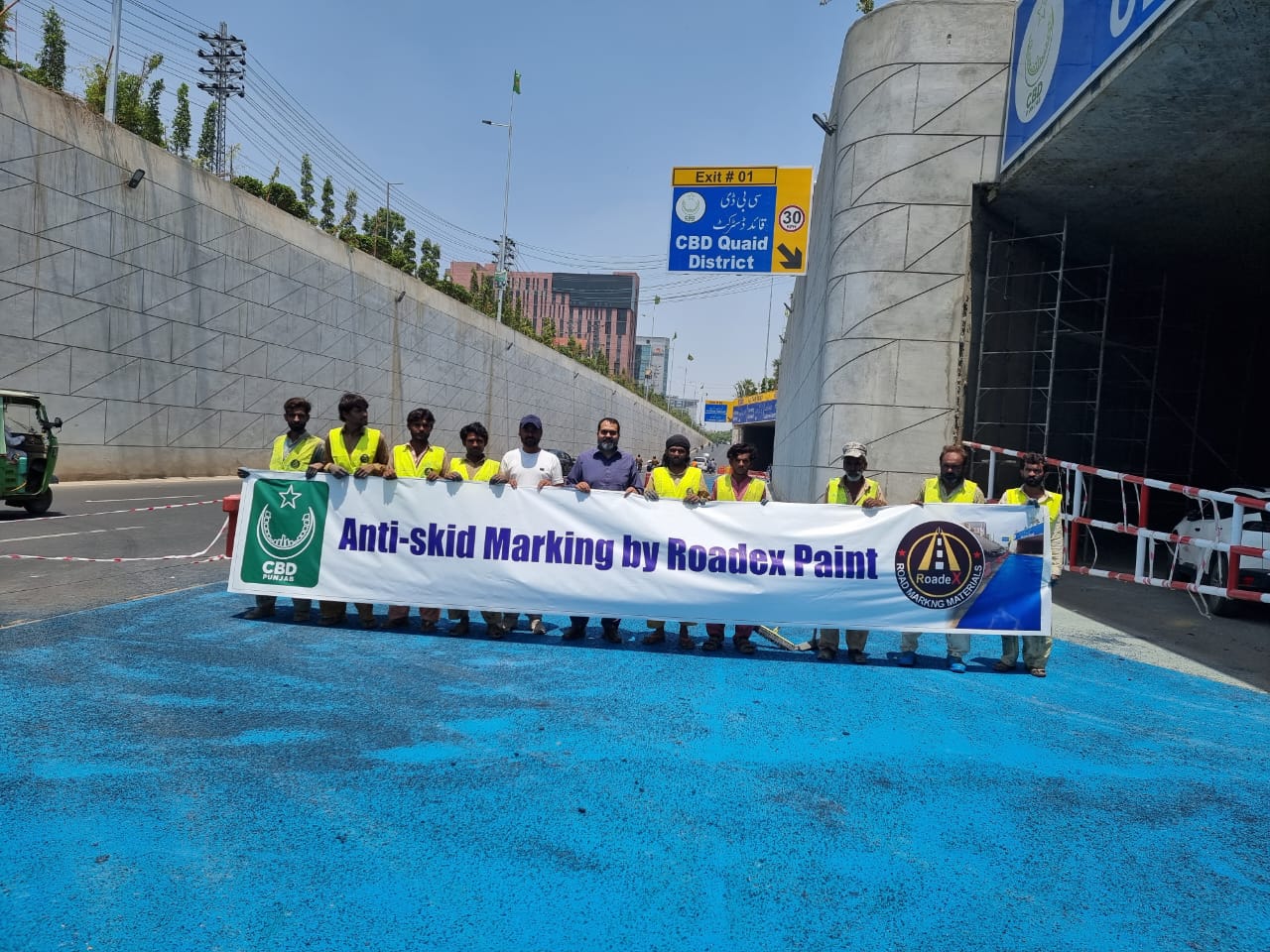Road paint, also known as road marking paint or traffic paint, is a special type of paint used for marking and delineating roadways, parking lots, and other paved surfaces. Its primary purpose is to provide visual guidance and information to drivers, pedestrians, and other road users. Road paint is applied to the road surface to create various markings that convey important information, such as traffic lanes, crosswalks, stop lines, arrows, and symbols.
Drivers, passengers, pedestrians alike all depend on road markings to travel safely from one point to another. This is why it is paramount to ensure that a quality brand of road paint is applied, one that is able to withstand both heavy traffic and environmental factors.
What is road paint made of?
Road paint is composed of a thermoplastic resin blended with titanium dioxide pigment and small reflective glass beads. The application of this paint onto roads is typically facilitated by a professional road marking machine, ensuring precise control. The inclusion of glass beads is crucial as it imparts reflectivity to the marked lines, enhancing visibility.

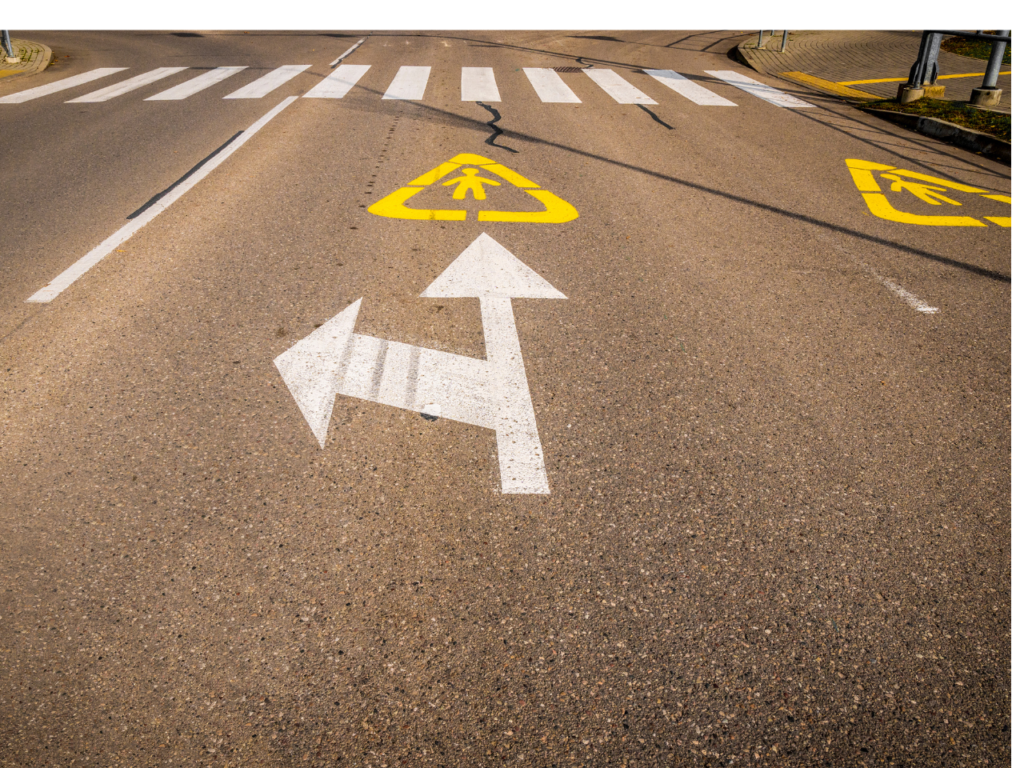
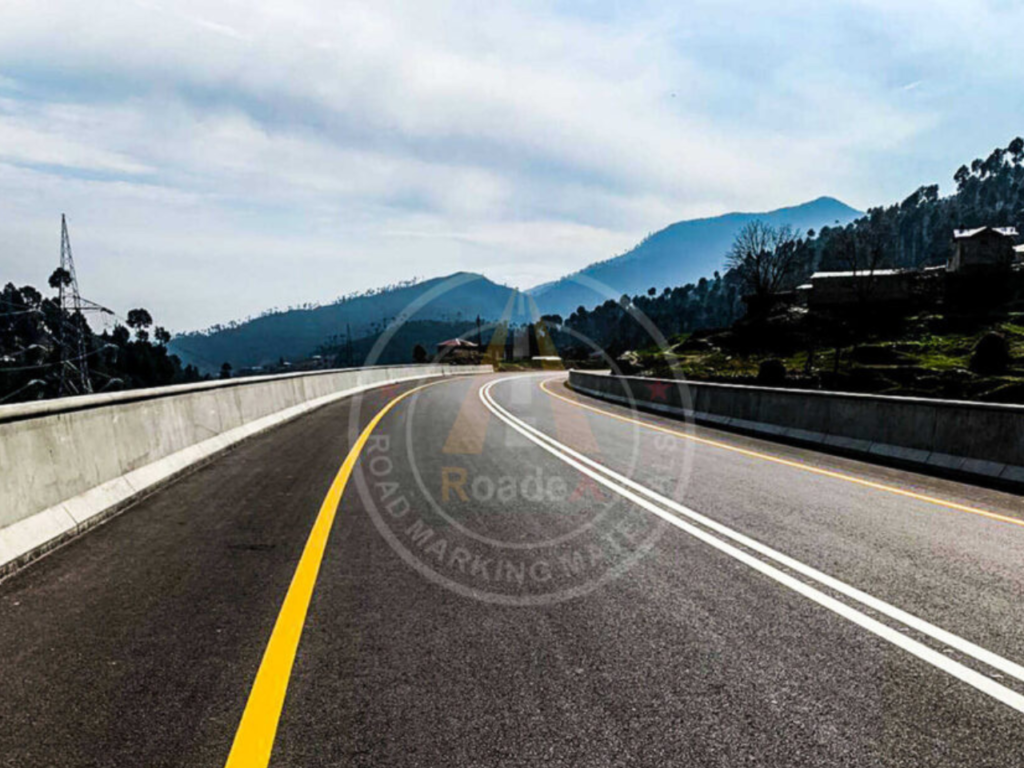
What are different kind of road paints?
There are several types of road paint, each designed for specific purposes and conditions. The most common types include:
Water-Based Paint
Water-based traffic paint is both bright and easily noticeable. It has low-profile features and anti-slip properties. It is particularly well-suited for areas with light traffic, like parking lots, airfield runways,lanes and racetracks, where maintaining a debris-free surface is crucial. This paint is non-reflective but its reflectivity can be enhanced by incorporating glass beads into this paint.
A notable advantage of water-based road paint is its environmentally friendly nature, as it leaves a smaller ecological footprint compared to other types of road paint. This paint is environmentally friendly and has lower levels of volatile organic compounds (VOCs).
Additionally, it dries quickly and offers versatility with a variety of color options, simplifying the customization process
Solvent-Based Paint
Solvent-based paint is a type of road marking paint that utilizes solvents in its formulation, facilitating strong adhesion to road surfaces. This paint is known for its durability, making it a preferred choice for areas with heavy traffic. Its solvent composition allows for effective application on various substrates, including asphalt and concrete.
One notable feature of solvent-based paint is its fast-drying nature, minimizing downtime after application. This efficiency is crucial for road marking projects where quick turnaround times are essential.
Additionally, solvent-based paints often exhibit resilience against weather conditions and wear, ensuring the longevity of road markings. Solvent-based paints may contain volatile organic compounds (VOCs) and should be used in accordance with regulations.
Acetone Road Paint
In road painting projects where adherence to strict volatile organic compound (VOC) regulations is mandatory, contractors can opt for acetone-based road paint. This particular paint boasts an exceptionally low VOC content and does not negatively impact the surface coating’s VOC levels.
Acetone road paint is known for its durability and excellent adhesion to various substrates. It is particularly well-suited for marking on cured asphalt surfaces. This is why, it an ideal choice for marking roadways, airports, parking lots, and other areas with heavy traffic. The addition of glass beads to acetone road paint further enhances visibility.
Chlorinated Rubber Paint
For road marking in challenging environments exposed to potentially harmful chemicals, chlorinated rubber paint stands out as the most appropriate choice. This solvent-based paint exhibits exceptional durability and is well-suited for application on both asphalt and concrete roads.
Known for its resilience, chlorinated rubber paint is also characterized by fast drying, minimizing downtime after application on the road surface. Additionally, the visibility of this road paint can be enhanced at night by incorporating glass beads.
Thermoplastic Paint
Thermoplastic paint is a highly favored choice for road markings due to its unique properties. Unlike some alternatives, thermoplastic paint is mae made from a mixture of resins, pigments, glass beads, and other materials. It can be heated and applied directly onto road surfaces. It is applied in a molten state and hardens upon cooling, forming a strong and durable marking. Its application is not only efficient but also contributes to increased longevity, making it suitable for various traffic areas.
This type of paint exhibits excellent wear resistance and remains highly visible for an extended period. It is often preferred for high-traffic zones such as roadways, crosswalks, and symbols, providing a reliable and long-lasting solution for road marking needs.
Epoxy Paint
Epoxy paint stands out as a superb option for pavement marking. Its primary factor is its durability that contribute to its frequent use in road painting projects. It’s ability to adhere effectively to various surfaces ensures high visibility for road users.
The powerfully built nature of epoxy paint makes it particularly well-suited for road applications in regions with tropical weather conditions. Moreover, it exhibits resistance to various chemicals, including fuels and oils, further enhancing its suitability for diverse road environments. Moreover, it is often used in industrial settings and areas with heavy truck traffic.
MMA
Methyl-Methacrylate (MMA) or Cold Plastic paint is a distinctive alternative to thermoplastics, as it can be applied to road surfaces without the requirement of heating. Application methods include hand painting or spray painting.
Once applied, cold plastic paint transforms into a plastic-like consistency, providing exceptional durability against wear and tear, weather fluctuations, and exposure to chemicals. When correctly applied and cured, it can maintain its effectiveness for several years.
In terms of environmental impact, MMA exhibits lower levels of volatile organic compounds (VOCs), making it a more eco-friendly option compared to some other road paint choices.
However, the cost of MMAs tends to be higher than that of other road paint types. Additionally, specialized mixing and application techniques are necessary for optimal performance, adding to the complexity of its use.
Latex Road Paint
Latex road paint is recognized for its rapid drying characteristics, with the ability to dry within 1 to 2 minutes after application when subjected to heat.
Despite its quick-drying nature, the drawback of latex road paint lies in its durability, typically lasting only for a year or two. However, this does not diminish its utility. Latex road paint is well-suited for projects that demand fast-drying paint. Moreover, the addition of glass beads to the paint can enhance its retro-reflective properties.
High-Build Paint
High-build paint is a specialized type of road marking paint designed to create a thicker layer on road surfaces. This unique formulation is chosen for its ability to provide increased visibility and durability. The “high-build” term refers to the paint’s capacity to form a thicker coating, making it stand out and last longer compared to standard road paints.
This type of paint is commonly utilized for centerlines, edge lines, and other critical markings where enhanced visibility is crucial. The added thickness contributes to improved wear resistance, making high-build paint suitable for areas with heavy traffic and harsh environmental conditions.
Reflective Paint
Reflective paint is a specialized type of road marking paint designed to enhance visibility, especially during low-light conditions. This paint contains reflective materials, such as glass beads or retroreflective microspheres, that work to bounce light back towards its source, typically vehicle headlights. This reflective property significantly improves the visibility of road markings, making them easily discernible at night.
Commonly used for roadways, crosswalks, and other critical areas, reflective paint plays a crucial role in promoting safety. It helps drivers navigate the road more effectively, reducing the risk of accidents in conditions with limited visibility.
Reflective paint comes in various formulations, including water-based, solvent-based, and thermoplastic options. Its application contributes to creating safer roadways, especially in regions where nighttime visibility is a concern.
How to Choose Road Paint?
Choosing the right road paint involves considering several factors to ensure that it meets the specific needs of the road or pavement marking projects. These key considerations include:
- Road paint should be compatible with the road surface material for proper adhesion and longevity.
- Consider the volume and type of traffic the road will experience such as streets, highways, etc.
- Take into account the local climate and environmental conditions.
- Choose paints that comply with environmental regulations, including volatile organic compound (VOC) limits.
- Assess the expected lifespan of the road marking. High-traffic areas may benefit from more durable options, such as thermoplastic or epoxy paints, while low-traffic areas may tolerate less robust formulations.
- Consider the method of application
- Assess whether reflective properties are necessary for the specific road marking application.
- Evaluate the project budget and compare the costs of different road paint options.
- Seek input from local authorities, road maintenance experts, or professionals experienced in road marking.
In conclusion, road paint plays a crucial role in ensuring safe and organized traffic flow on roadways, parking lots, and various paved surfaces. Understanding the diverse types of road paint and their specific characteristics allows for informed decision-making in choosing the most suitable option for different applications.

